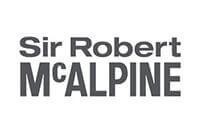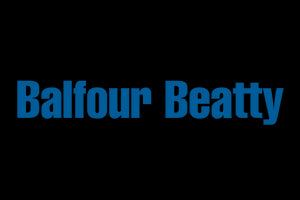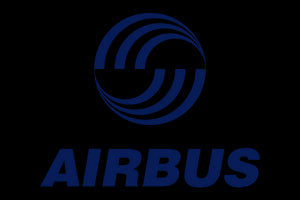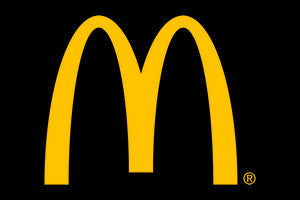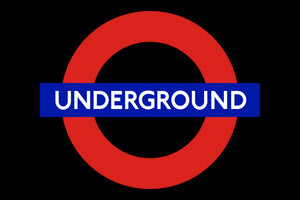Busy terminals and underground stations face a constant mix of concrete dust, brake and rail wear particles, and project-related works. Uncontrolled dust affects public health, visibility, and confidence, and it complicates overnight maintenance windows. A practical programme focuses on source control, airborne capture, and disciplined housekeeping.
Map sources and schedule smartly
Survey typical dust sources: platform edge cutting, tile removal, tunnel maintenance, and escalator work. Stage enclosures or isolate zones and schedule highest-risk tasks for low footfall periods. Brief operations on pedestrian flow changes and cleaning escalations.
Capture at source
Use water suppression on cutting/grinding and tool-mounted extraction matched to M/H-Class vacuums. Prefer slower cutting speeds and pre-fabrication to reduce on-site generation. Where silica may be present, remember HSE’s RCS WEL is 0.1 mg/m³; design the method to stay well below it.
Control in the air
Deploy air scrubbers sized for the actual space and dust load, positioning intake close to works and discharge away from the public. When isolating a bay, set a slight negative pressure to pull dust inward. Verify filter class (H13/H14) and consider airflow under load, not free-air ratings. Equipment such as the MAXVAC Dustblocker Pro can provide continuous H-Class filtration during works in controlled areas.
Housekeeping without re-suspension
Avoid sweeping and compressed air. Use H-Class industrial vacuums for surfaces, then damp mop where appropriate. Clean overhead ledges and cable trays that shed dust onto concourses. Bag-and-tape debris, and keep transfer routes short with covered bins.
Prove it with simple checks
Use a handheld particulate monitor to compare background with work levels; adjust methods if readings creep. Log actions and readings to support HSE/COSHH documentation and client reporting.
Practical takeaways
- Isolate dusty tasks and schedule for quiet periods.
- Combine water suppression with tool extraction matched to M/H-Class vacuums.
- Use H13/H14 air scrubbers and verify airflow under load.
- Vacuum first, no sweeping; then damp mop.
- Spot-check with a PM meter and record controls used.
With deliberate scheduling, source control, and measured air cleaning, stations can complete intrusive works while keeping public exposure low and the environment visibly clean.
Speak with a Dust Expert
Every site and project is different. If you’d like tailored guidance for your specific scenario, our Dust Experts are here to help.




